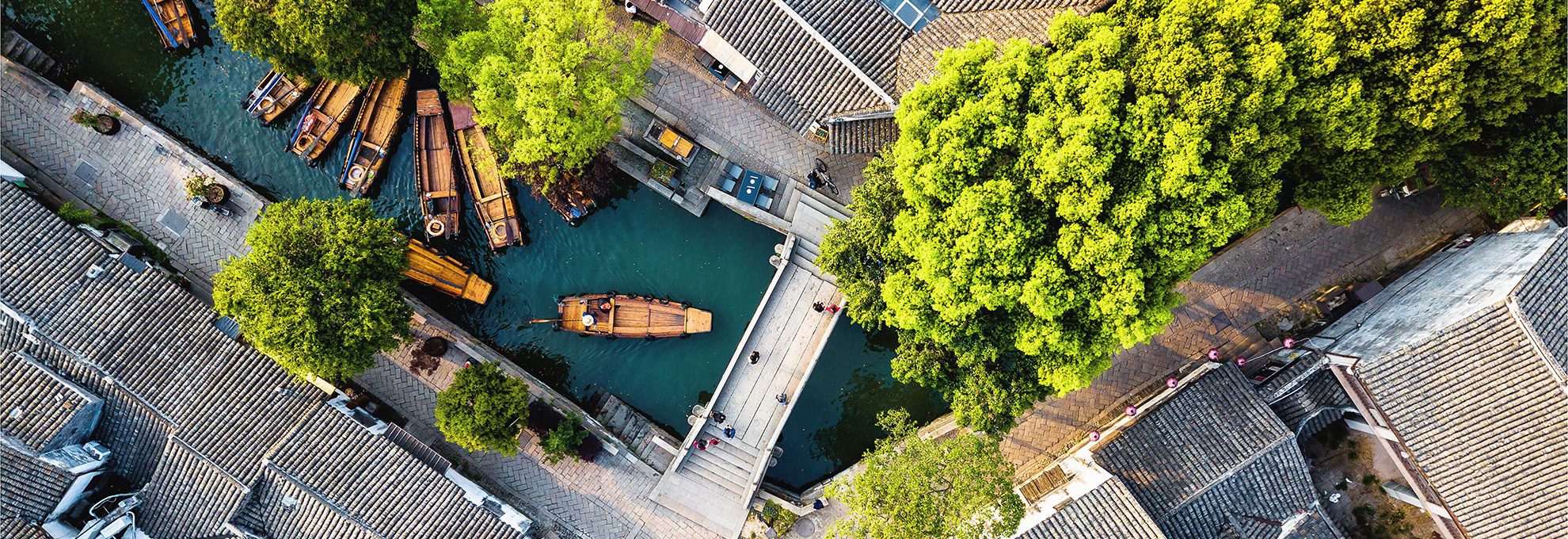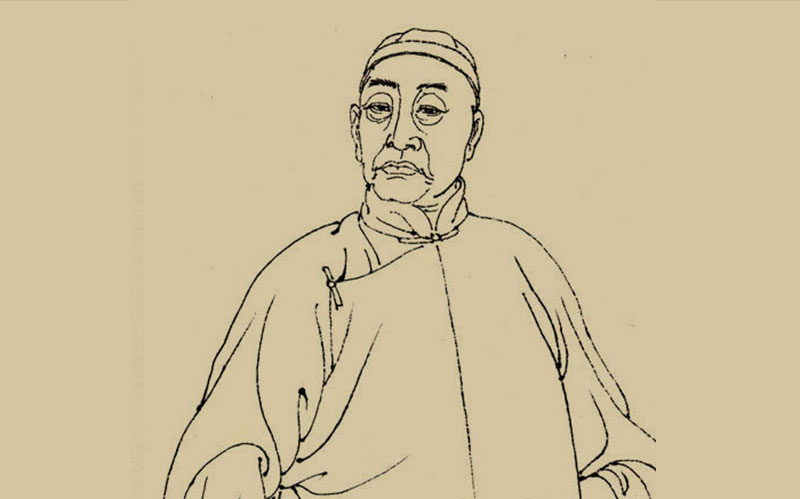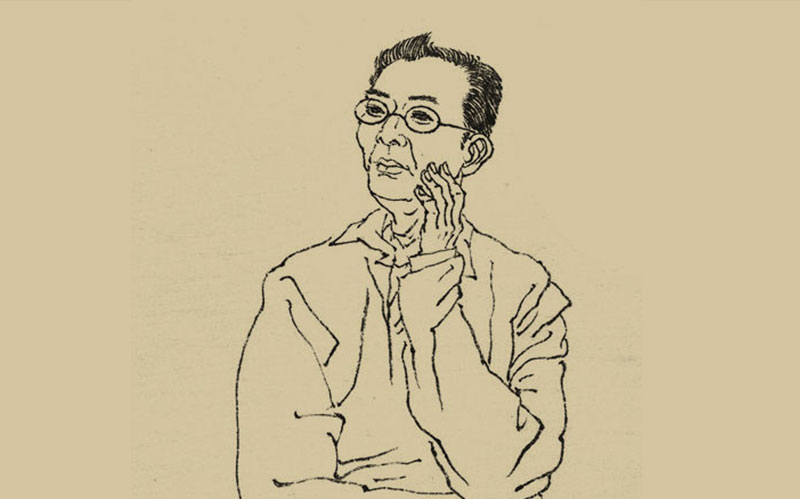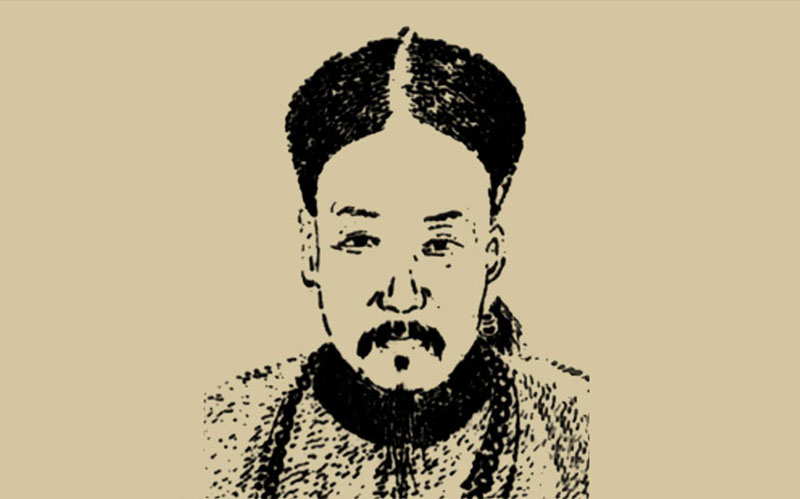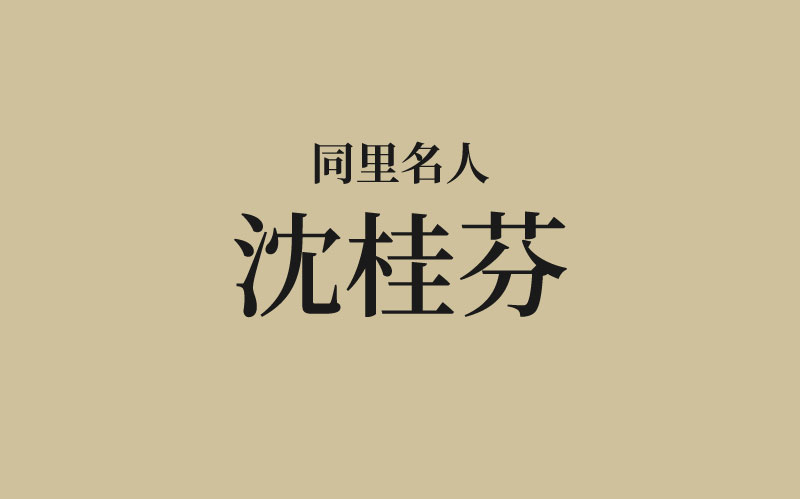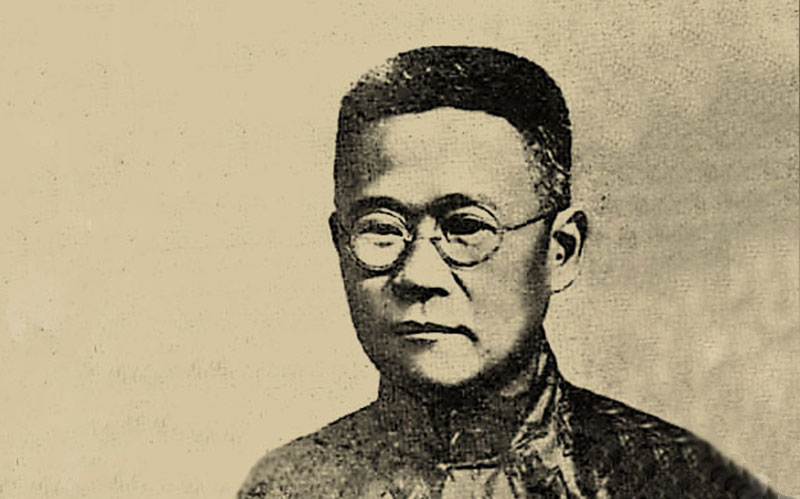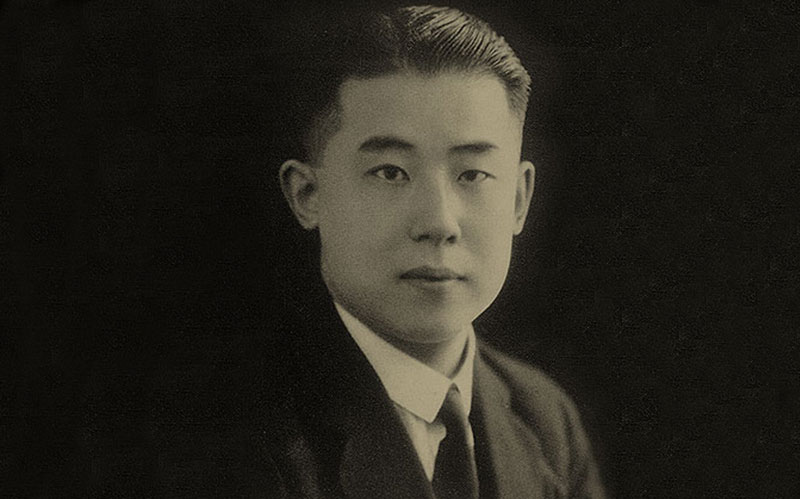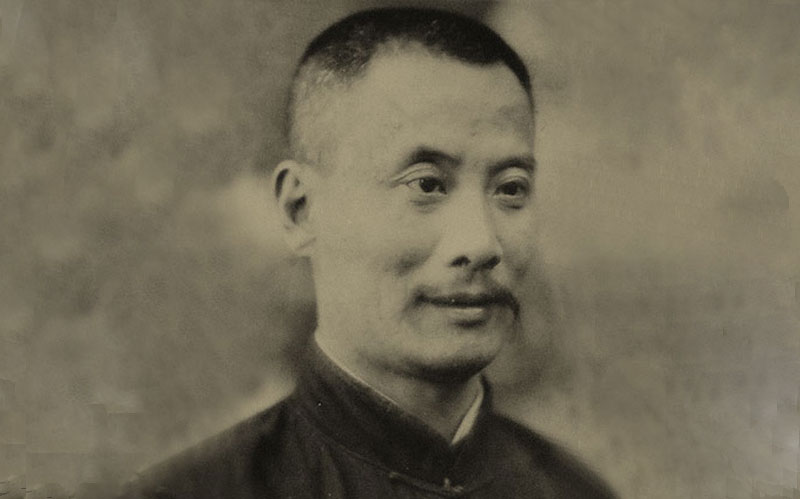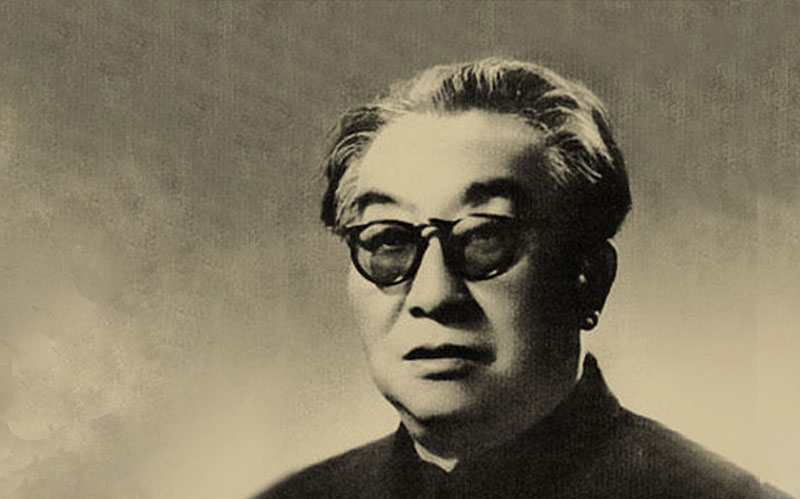

ONE WORLD AT A TIME

Introduction to Tongli
Tongli, formerly known as "Futu", can be traced back to the "Songze Culture" period 6000 years ago. It was founded in the Song Dynasty and has a profound cultural heritage. It is known as a place of elegance and talent. There are currently 4 national key cultural relics protection units, 5 provincial-level cultural relics protection units, and 18 municipal cultural relics protection units in Tongli. Tongli is the earliest and only ancient town in Jiangsu Province to be designated as a cultural relic protection unit. Tongli Ancient Town, as an ancient water town in the south of the Yangtze River with two world cultural heritages, a classic masterpiece of "the Classical Gardens of Suzhou in Jiangsu Province", and the "Beijing Hangzhou Grand Canal" flowing through Tongli, is known as one of the "six ancient towns in the south of the Yangtze River". With unique tourism resources, sound service and reception, it is a well-known national AAAAA scenic spot.
Tongli is more than just an ancient town
The millennium old town and the world of Tongli, as the business card of Tongli tourism, has always been a popular tourist destination for tourists both at home and abroad. However, the beauty of Tongli goes far beyond the ancient town. Located in the northeast of Tongli Town, with a total area of 1142.7 hectares and a wetland coverage rate of 80.52%, Tongli National Wetland Park, known as the kidney of Tongli and a biological paradise, has a forest area of about 4000 acres. It is a wetland forest park that integrates forest landscape, pastoral landscape, water network landscape, and natural landscape. In 2020, it was awarded a national wetland park by the National Forestry and Grassland Administration. There is the Tongli Science and Technology Agriculture Demonstration Park located at the northernmost end of Tongli Town, which is a national modern agriculture demonstration park with a planned total area of 15000 acres. It is known as the Tongli rapeseed flower paradise in Beilian Village, Tongli Town. Beilian Village was selected as a beautiful leisure village in China in 2019. Tongli Beilian is also the only village selected in Suzhou city. In recent years, Tongli has successively won honors such as China's Top 10 Historical and Cultural Towns, China's Top 10 Charming Towns, and National Beautiful and Livable Towns.
Tongli's geographical advantage
Tongli Ancient Town is located at the core of the demonstration zone for ecological and green integrated development in the Yangtze River Delta region; It is 18 kilometers away from Suzhou and 80 kilometers away from Shanghai. Having imaginative development space and opportunities.
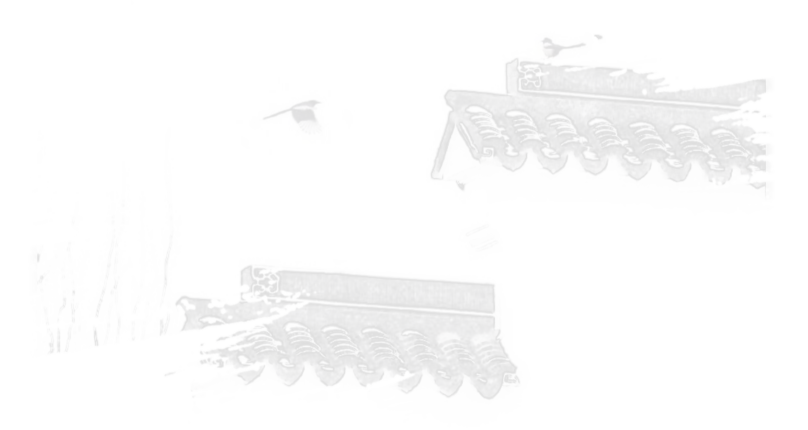


Geography
Tongli Ancient Town is under the jurisdiction of Wujiang District, Suzhou City, "located on the shore of the Taihu Lake Lake, next to the Beijing Hangzhou Grand Canal, close to the seat of the municipal government, close to Shanghai Suzhou," Hangzhou, one of the three famous cities in southern China, "located in Jiangsu and Zhejiang," the city where two provinces and one city meet in Shanghai, "located in the open central area of Jiangsu and Zhejiang," the city where two provinces and one city meet in Shanghai.
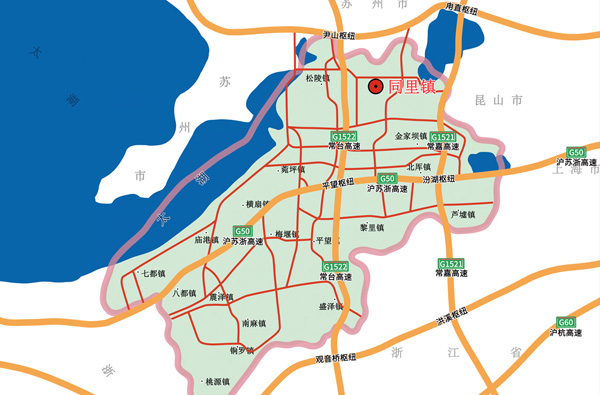
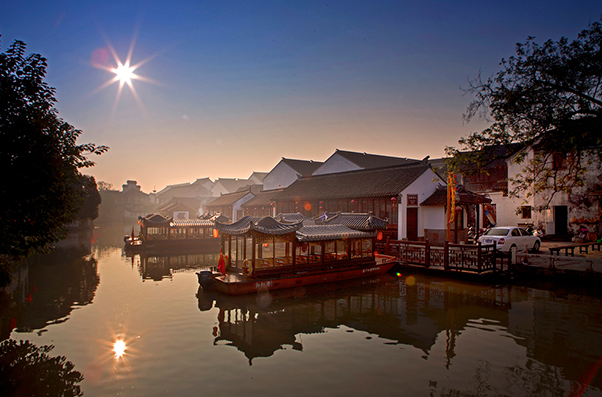


History
Tongli was built during the Song Dynasty and has a history of over 1000 years. The name of Tongli is easy to remember and pleasant to listen to. In fact, Tongli was once named "Futu", but in the early Tang Dynasty, due to its extravagant name, it was changed to Tongli. In the Song Dynasty, the old name "Futu" was superimposed with dots on top, horizontally broken in the middle, and split into "Tongli", which is still used today. According to the "Tongli Annals" of Jiaqing in the Qing Dynasty, Tongli has been an important town in Wuzhong since the Song, Yuan, and Ming dynasties. Due to its limited transportation to the outside world and limited exposure to military disasters, it has become an ideal place for wealthy gentry and merchants to seek refuge and settle down. It is not difficult to see that the change in the name of Tongli depends on the traditional beliefs and long-standing historical culture of the local people.
Tongli was listed as one of the scenic spots of the National the Taihu Lake Lake Scenic Area in 1980, and was listed as a provincial cultural relics protection unit in 1982. In 1992, it was listed as a provincial-level cultural relic protection town, and the famous scenic spot "Tuisiyuan" was listed as a UNESCO World Heritage Site. In 2010, it was rated as a national 5A level tourist attraction by the National Tourism Administration.



History
Tongli was built during the Song Dynasty and has a history of over 1000 years. The name of Tongli is easy to remember and pleasant to listen to. In fact, Tongli was once named "Futu", but in the early Tang Dynasty, due to its extravagant name, it was changed to Tongli. In the Song Dynasty, the old name "Futu" was superimposed with dots on top, horizontally broken in the middle, and split into "Tongli", which is still used today. According to the "Tongli Annals" of Jiaqing in the Qing Dynasty, Tongli has been an important town in Wuzhong since the Song, Yuan, and Ming dynasties. Due to its limited transportation to the outside world and limited exposure to military disasters, it has become an ideal place for wealthy gentry and merchants to seek refuge and settle down. It is not difficult to see that the change in the name of Tongli depends on the traditional beliefs and long-standing historical culture of the local people.
Tongli was listed as one of the scenic spots of the National the Taihu Lake Lake Scenic Area in 1980, and was listed as a provincial cultural relics protection unit in 1982. In 1992, it was listed as a provincial-level cultural relic protection town, and the famous scenic spot "Tuisiyuan" was listed as a UNESCO World Heritage Site. In 2010, it was rated as a national 5A level tourist attraction by the National Tourism Administration.



Custom

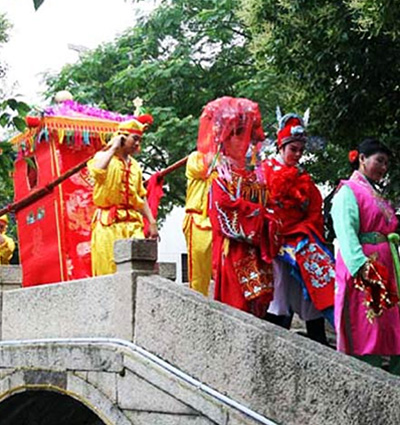
Take the Three Bridges
In the custom of walking three bridges in Tongli, the "three bridges" refer to the three ancient stone bridges that stand with tripods, are less than 50 meters apart, and lie still in the ancient town area of Tongli: Taiping Bridge, Jili Bridge, and Changqing Bridge. They are the treasures of the bridges in the ancient town of Tongli, small and exquisite, dignified and elegant, yet simple and naive, dignified and full of vicissitudes. They are like three exquisite stone carvings, spanning three embankments and crossing two ports, forming a "pin" shape, standing at the intersection of three rivers, gazing at each other and echoing each other from afar. Surrounded by water, trees, and Tsinghua University, the street market forms a ring, which not only exudes the elegant and tranquil shade of trees, but also showcases the bustling city with people coming and going.
The custom of walking three bridges in Tongli dates back to the middle period of the Qing Dynasty's Qianlong reign, and the exact date of its formation is difficult to trace. It originated from the custom of marriage. On occasions such as weddings, birthday celebrations, and a baby's full moon, accompanied by joyful drumbeats and firecrackers, as well as scattered candies, smiling people, and beaming relatives and friends, they march around the "Three Bridges" in a grand and welcoming manner, reciting the words of "Peace, auspiciousness, and Changqing" in their mouths. Residents along the street step out of their homes to observe and offer their congratulations. This touching scene of universal celebration is not only a beautiful scenery in the ancient town of Tongli, but also a sincere expression of the simple and kind-hearted folk customs and hearts of the people.
In the old days, whenever residents in the town got married, the wedding procession had to carry a sedan chair and walk on the Three Bridges. The elderly celebrated their 66th birthday and had to walk on the Three Bridges after lunch on the same day. Even when a baby was a full month old, it had to be carried by its mother and walked on the Three Bridges. When walking, it is generally following the order of Jili Bridge, Taiping Bridge, and Changqing Bridge, taking a detour without turning back. In wedding customs, the groom carries the bride across the first bridge, then carries the bride across the second bridge, and finally holds the bride's hand across the third bridge.
As a ritual of local marriage customs, the custom of walking three bridges has important value in cultural anthropology, folk customs, psychology, and sociology research. As a nationwide social custom in Tongli, the Three Bridges custom plays a crucial role in inheriting regional culture, consolidating cultural identity, and promoting social harmony. It has profound significance in promoting multiple communication, harmonious social relationships, optimizing the living conditions and social atmosphere of the people, and so on.
In 2011, the People's Government of Wujiang City announced that the custom of walking three bridges in Tongli was included in the fourth batch of Wujiang Municipal Intangible Cultural Heritage List.
Da Lian Xiang
Lianxiang is a folk homemade instrumental music that has been passed down in the Shanghai area of Zhejiang. It usually uses green bamboo with a length of one meter and an inner diameter of about two centimeters as the raw material. Artists drill through holes on the bamboo tube every 10 centimeters from both ends, embed two copper coins in the holes (the holes are slightly larger than the copper coins and can shake the coins), and fix them with screws and nuts. At the same time, red, green, and yellow silk ribbons are tied here. Usually, three holes are drilled at each end and three pairs of colorful ribbons are tied.
The so-called "hitting the lotus chamber" refers to artists holding lotus chambers and using them to beat their hands, feet, arms, shoulders, and legs in various ways along with the music. When dancing, the copper coins inside the lotus chamber will make a pleasant sound, and the colorful ribbons will also fly up and down, which is really beautiful. At the beginning, Lianxiang artists were generally men, dressed in white clothes and pants, performing at temple fairs and major events. Up to now, many women have also started to dance in lotus chambers. Women in the same area often wear blue printed clothes, with blue floral headscarves wrapped around their heads, dancing gracefully in various festive occasions and major festivals.
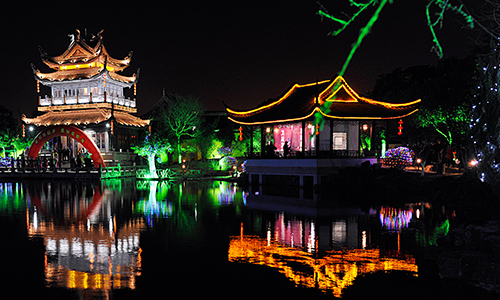
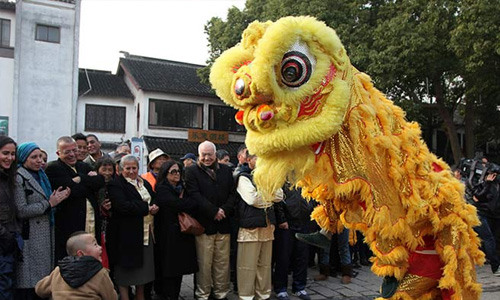
Festival activities
At the beginning of the new year, from the first day to the fifth day, the first thing that the faithful men and women in Tongli's four villages and eight neighbors should do is to go to Arhat, the "Nanguan" fulcrum in the southwest of the ancient town, to pray for peace in the four seasons. At night, several natural villages in the suburbs unite to hold a night party, with dragon lanterns dancing gracefully with gongs and drums, creating a magnificent and unique scenery. Some villages are also bustling with horse lanterns, flower baskets, and lion dances, among which the single lion in Jiangjiabang is the most famous. From the beginning of the Yuanxiao (Filled round balls made of glutinous rice-flour for Lantern Festival) Festival to the beginning of the third month of the lunar calendar, the Chuntai Opera in Tongli area has been busy in succession. Chuntai Opera, also known as Daxi, is now known as Beijing Opera. In order to watch a play during the day, the family members often go to the river mud in the middle of the night, wearing the stars and moon. After dawn, men, women, and children ride fast boats, laughing all the way to the theater.
MORE
This is an event organized spontaneously by the people to commemorate the last emperor of the Ming Dynasty, Zhu Youjian. It is also a religious form of anti Qing organization initiated by some elderly and young people after the fall of the Ming Dynasty. In Tongli, most of them are elderly women, commonly known as the "March 28th Rolling Old Lady". The activities mainly involve "sitting on a stool and eating vegetarian food". It is said that eating large vegetarian dishes can promote good health and there are no taboos.
This is a geographically diverse activity. But Tongli has its own characteristics. In the Immortal Society, there are people walking on stilts, boating on rivers, and clam shell spirits, as well as a group of virtuous men and women wearing sin skirts to show their redemption.
The water surface in Tongli is vast, making this activity the most lively. The so-called dragon boat is simply tied with colored silk on both sides of the farmhouse wooden boat, and decorated with various colored flags and flowers made of colored paper. A large colored ball is hung on the left and right sides of the bow of the boat. When leaving the ship, shake two oars and add a long springboard below the middle of the oar. The springboard should extend one meter above the left and right sides of the ship and be fixed. Then, people stand on the extended springboard and work together to shake the oars. It is said that the speed of the ship at this time was very fast, so the locals also called it a "fast ship". During the competition, except for the drum team cheering in the bow of the boat, the elderly, children, and women all had to go ashore to watch. All the young people who stayed on the boat were young and middle-aged. After such a light installation, the speed of the boat was unintentionally increased.
This is a major feature of the ancient town of Tongli. On the 23rd day of the sixth month in the lunar calendar, people from the surrounding villages come to watch the water gate and faucet, which is actually an annual fire competition. The competition venue starts from the temple and extends westward all the way to the ferry pier. The river surface becomes wider as it moves westward. Generally, the westernmost fire dragon is a fire truck powered by a car engine from the Rice Industry Union, which is powerful and has a long range, with human labor in between. The range is generally not far, but sometimes the person holding the dragon head intentionally shoots it upwards, splashing floating droplets of water onto the crowd without umbrellas, making the spectators wet all over, But everyone still giggled and was very happy.
On the 30th day of the seventh lunar month, burning incense and releasing water lanterns is the birthday of the Earth Treasure Bodhisattva. It is at dusk, and every household is required to light candles and burn incense at their doorstep or courtyard. Incense and sticks can be placed on the ground one by one, commonly known as the "dog dojo". After the end, start releasing water lamps, which are only owned by Tongli in the Wujiang area. The water lamp is a circular lantern made of kraft paper with a bottom, with a duck foot made of mud and dried in the middle, forming a triangular claw shape with a small hole in the middle, which can be used to place the lamp grass. Then, vegetable oil is added to the lantern. When setting out the lights, the monk played Buddhist music on the front boat, while the other boat lit the grass inside the oil paper lamp and slowly placed it on the water surface. In no time, while playing the music, the water lamp was lit up on the river surface in Tongli Town. It was like a sky full of stars falling into the river, and the scenery was very magnificent.
In fact, on Daughter's Day, newly married women in rural areas can return to their parents and siblings to reunite during these two days, because after these two days, the countryside will start to be busy with autumn harvest and cannot visit relatives and friends anymore. In the past two days, there will also be a lively scene in Tongli Town. Small vendors from nearby market towns will gather at "Beiguan" and Xinzhen Street, and engage in some Latin American films such as selling fists, mud figurines, and wave circus. The crowds will be huge and bustling.
This section is highly valued by fellow villagers, as every household has to provide mooncakes for the public to eat. Dou is made of thread incense, which is absorbed into the Dou. There is a tower shaped pillar incense in the middle, with several layers. The Japanese Candle Shop specializes in offering incense burners for customers to choose from. The offering ceremony usually starts at dusk. In addition to offering mooncakes, other colored fruits such as water chestnuts, lotus roots, oranges, etc. should also be prepared during the offering ceremony. At midnight, the incense bucket was moved to the courtyard and burned, at which point the family began to eat mooncakes and enjoy the moon.


Allusion

-
同里名称典故
根据清嘉庆年间的《同里志》记载,同里“唐初名铜里,宋改为同里,旧名富土,因其名太侈,乃拆田加土为...
-
珍珠塔的故事
这是一段流传已久的爱情佳话,曾在此演绎。明嘉靖年间,南京道监察御史陈王道做官清正,
-
退思园典故
清光绪十年(1884年),任兰生因镇压捻军不力,就有人在慈禧太后面前参劾了一本。慈禧拍案大怒,即刻下诏...
-
崇本堂西厢记
清末年间,同里镇上出个沈秀才,才华横溢,风流倜傥。有一天,沈秀才到罗星洲去游览,与前往进香的钱家...
-
南园茶楼
南园茶楼初名“福安”茶馆。清末,同里镇上有个叫福安的,原来做小百货生意,夫妻俩苦心经营,小有积蓄...
-
罗星洲传奇
在碧水连天的同里湖中,有一个仙境般的小岛,其形似天上之罗星,故名罗星洲,俗称“芦干墩”。很早以前...


Celebrity

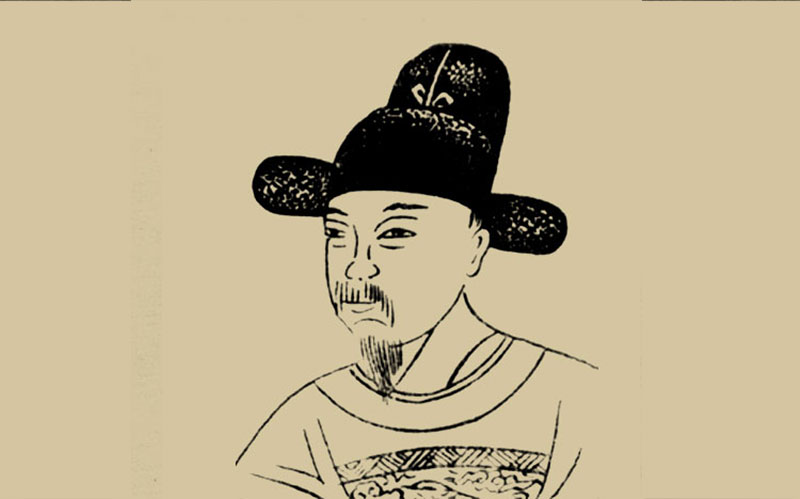
陈王道 (1526-1576 )
字孟甫,一字敬所,号浩庵,明代人,官至南京监察御史。嘉靖乙亥年(1539年)为诸生。嘉靖四十四年 (1565年)乙丑科范应期榜三甲四十三名进士。初授浙江 县知县,后补山东...

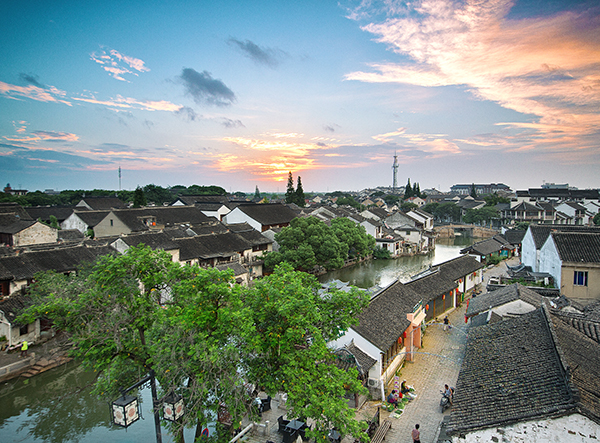


Protection
As a millennium old historical and cultural town, Tongli is currently the only ancient town listed as a provincial-level cultural relic protection unit on a town basis. Tui Si Yuan has been listed as a world cultural heritage site and a national level cultural relic protection unit (Tui Si Yuan) ▪ Lize Women's School has been listed as a national key cultural relic protection unit, Gengle Hall has also been listed as a national cultural relic protection unit, and there are also many provincial-level and municipal cultural protection units.
The real life of the residents of the ancient town is perfectly integrated with the historical buildings. "This is Mark's first impression of Tongli, a senior lecturer at the University of Manchester in England. Mark came to Tongli on this trip to participate in an international forum on the protection of ancient towns held locally.
In just over a year, three international forums have been held in Tongli, including the "Sino British Cultural Heritage Protection Forum", "World Cultural Heritage Education Base Seminar", and "Ancient Town Protection and Development". The "Tongli Model" of ancient town protection and utilization has attracted the attention of domestic and foreign experts, becoming a case for their academic discussions. "As an important window of international exchange, Tongli's constantly updated concept of ancient town protection and the humanistic sentiment behind ancient town protection are worth learning from," Mark said.
There are numerous cultural relics and historical sites in Tongli Ancient Town, with a total area of 65000 square meters of well preserved Ming and Qing architecture alone, accounting for 61% of the total construction area. In the late 1970s, Tongli initiated the protection of cultural heritage. The town first started by investigating the family background and invited relevant experts from Tongji University, provincial and municipal construction and cultural departments to conduct a comprehensive and systematic investigation of the historical blocks, traditional residences, and cultural relics in the entire town. The current status of cultural relics protection was investigated, and electronic archives were established for dynamic management.

